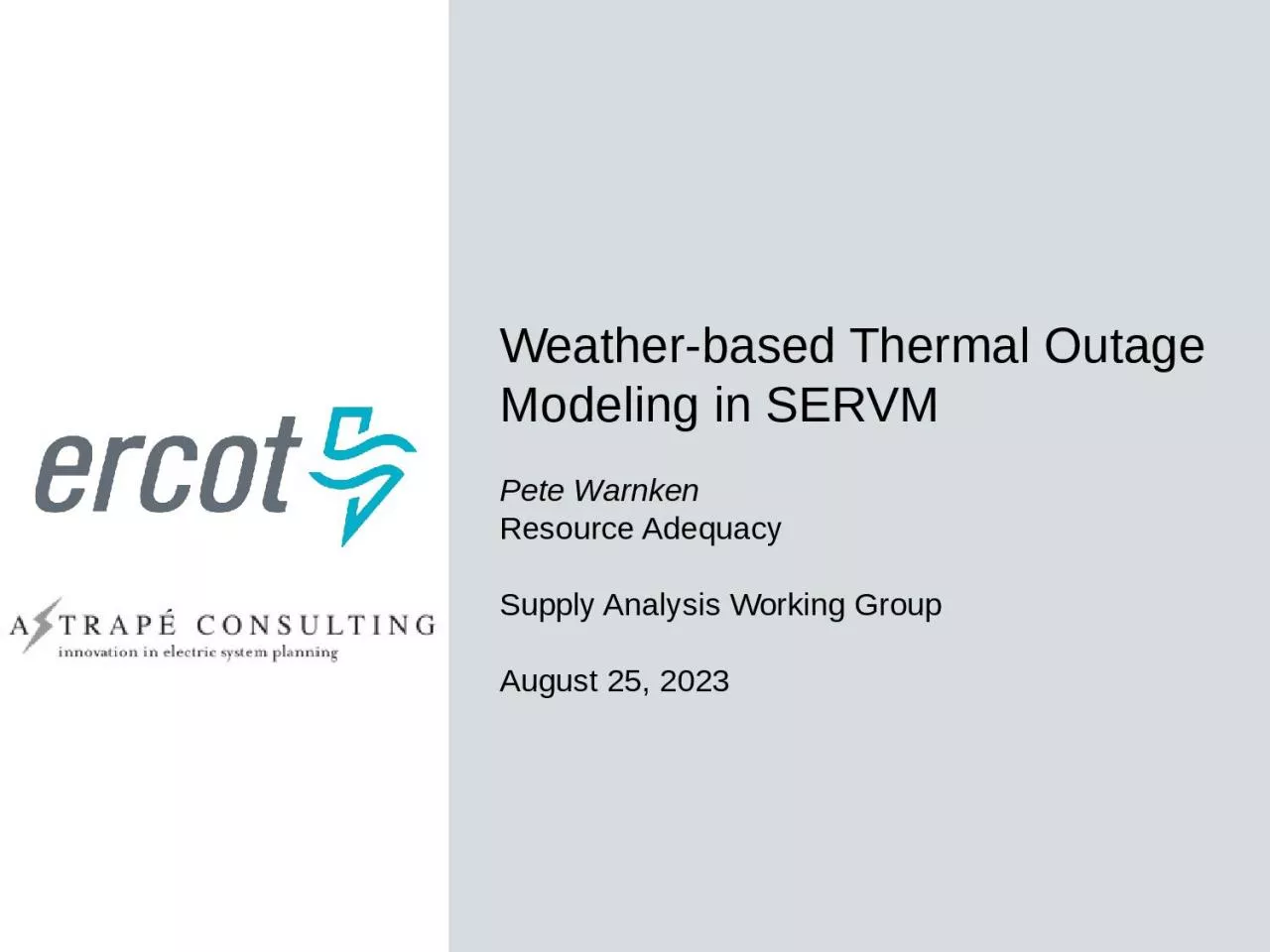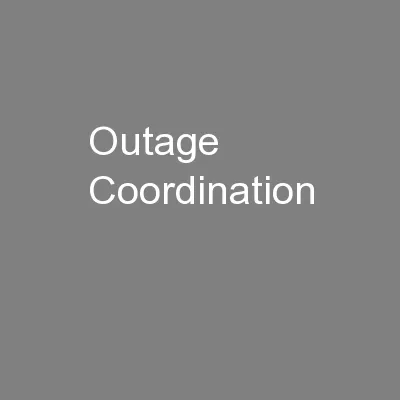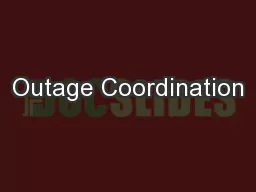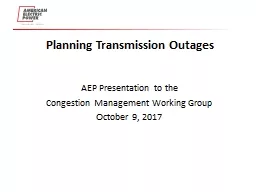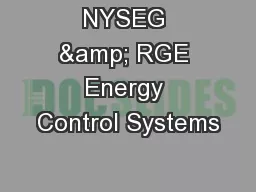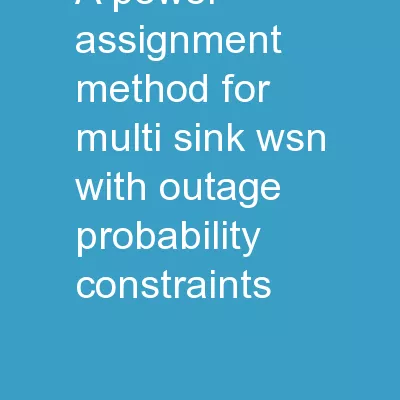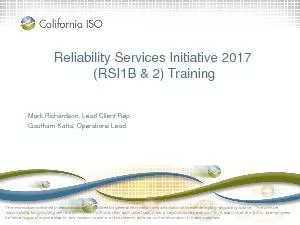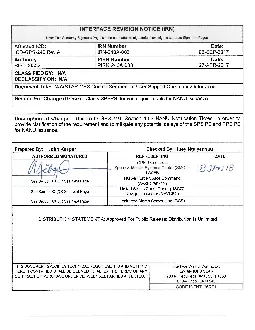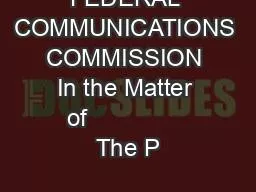PPT-Weather-based Thermal Outage Modeling in SERVM
Author : fauna | Published Date : 2024-01-29
Pete Warnken Resource Adequacy Supply Analysis Working Group August 25 2023 Modeling Process Overview 2 Analyzed unplanned outages as a function of cold and hot
Presentation Embed Code
Download Presentation
Download Presentation The PPT/PDF document "Weather-based Thermal Outage Modeling in..." is the property of its rightful owner. Permission is granted to download and print the materials on this website for personal, non-commercial use only, and to display it on your personal computer provided you do not modify the materials and that you retain all copyright notices contained in the materials. By downloading content from our website, you accept the terms of this agreement.
Weather-based Thermal Outage Modeling in SERVM: Transcript
Download Rules Of Document
"Weather-based Thermal Outage Modeling in SERVM"The content belongs to its owner. You may download and print it for personal use, without modification, and keep all copyright notices. By downloading, you agree to these terms.
Related Documents

